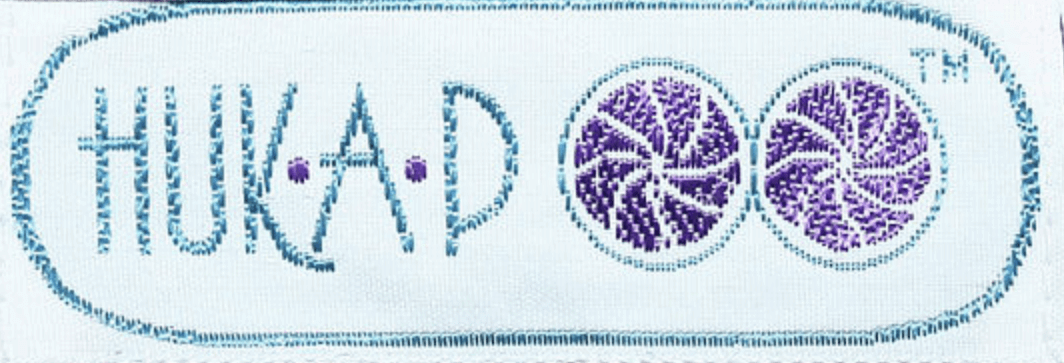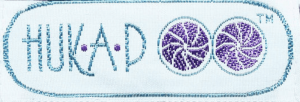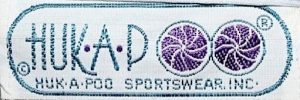Huk-a-Poo came into being in 1963, when business partners Dave Binder and Phil Cantor, who owned a sportswear production company, hired twenty-something Jerri Sherman as a salesperson. Pairing her with another inexperienced young fashion novice, Joan Sachs, a recent graduate of Parsons School of Design, they were given carte blanche to create and market original designs for the junior sportswear market.
Their first successes as Huk-A-Poo were shift dresses for teenage girls, which sold to upscale retailers like Saks and Bonwit Teller. When the parent company Antics/Madmax went bankrupt, it took Huk-A-Poo along with it. But a few years later, the brand was revived to market a fresh line of junior knitwear.
The brand continued its ascent in the sportswear field with the introduction of its inexpensive printed nylon shirt – a popular staple of the mid-to-late 1970s disco era. Over time, the business grew from $4M/year to $100M.
The Metropolitan Museum of Art accepted Huk-A-Poo shirts into its Costume Institute in 1978, the first contemporary clothing to be admitted into the collection.
Written by Ranch Queen Vintage







